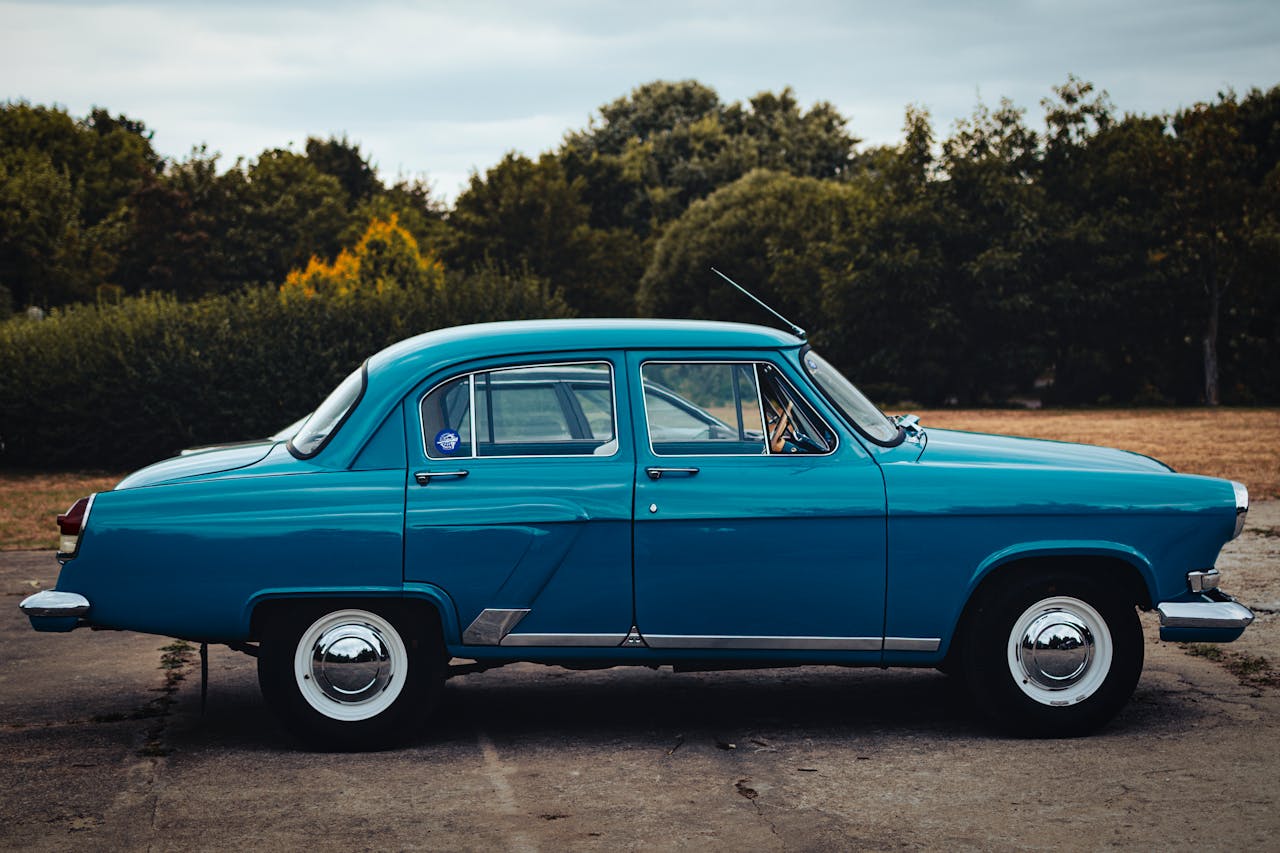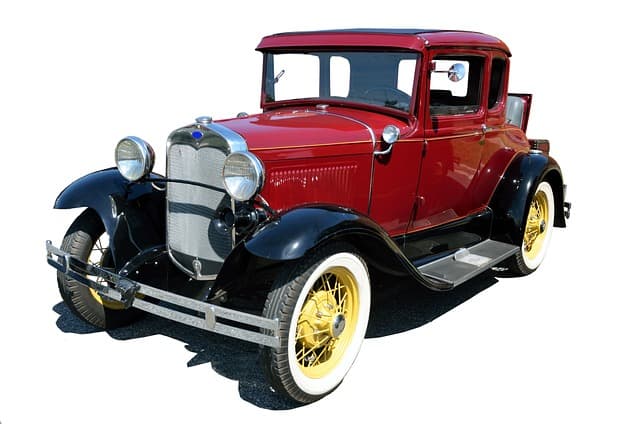Towing Retro Classics: Challenges and Best Practices for Vintage Car Owners

The allure of retro cars lies in their timeless charm, unique craftsmanship, and historical significance. Whether it’s a meticulously restored muscle car or a rare vintage roadster, these vehicles hold a special place in the hearts of collectors and enthusiasts. However, owning a classic car comes with its own set of challenges—especially when it comes to transport. Towing a vintage car requires careful attention to detail and specialized equipment to avoid damage. In this article, we’ll explore the unique challenges of towing retro classics and provide best practices to ensure safe, damage-free transport.
Why Towing Retro Cars is Different
Towing a retro car is not the same as towing a modern vehicle. These classics, often decades old, come with unique challenges due to their age, design, and value. Many vintage cars were built with delicate components, including chrome finishes, thin bumpers, and intricate bodywork that are prone to damage. Unlike modern vehicles, they lack reinforced safety features, making them more vulnerable during transport.
Another key difference is their weight and dimensions. Many retro cars, especially muscle cars or luxury classics, are heavier and longer than today’s vehicles, requiring special towing methods. Lastly, these cars often carry immense financial and sentimental value, which means a single scratch or dent could lead to costly repairs and reduced resale value. Proper care is crucial to preserving their legacy.
Common Challenges in Towing Vintage Cars
Towing a vintage car comes with several unique challenges, which can easily lead to costly mistakes if not handled properly. One of the primary challenges is the lack of modern safety features. Many older cars don’t have the reinforced bumpers or crumple zones found in newer models, making them more susceptible to structural damage during towing. Even a minor bump can result in significant harm to the car’s frame or body.
Another major issue is the delicate paint and finishes on classic cars. Whether it’s an original paint job or a professional restoration, the surface of a vintage car can be easily scratched or damaged during transport. Without the right equipment, straps, or protective covers, even a short tow can lead to unsightly cosmetic damage that’s difficult and expensive to repair.
Additionally, rust and structural weaknesses are common in older cars. Over time, rust can eat away at a car’s frame, and towing a vehicle in poor condition can exacerbate these issues, causing further harm. Some retro cars also have weak suspension systems, which can be compromised during towing.
Finally, finding replacement parts for vintage cars is often a significant challenge. Many components are rare, making even minor damage during towing a potentially time-consuming and expensive problem to solve. This is why working with experienced professionals, like those at Burnaby Towing & Recovery Company, is essential to ensure your classic car is handled with the utmost care.
Best Practices for Safely Towing Retro Cars
Towing a vintage car requires more than just hooking it up and driving away. To protect these valuable vehicles, it’s essential to follow certain best practices that minimize risks and ensure a safe journey.
Choosing the Right Towing Method
When it comes to towing retro cars, flatbed towing is often the safest and most reliable method. Unlike traditional tow trucks that drag the car with its wheels on the ground, flatbeds keep the vehicle completely off the road, reducing the chance of damage to the tires, suspension, or undercarriage. For especially valuable or rare vintage cars, enclosed transport is another option. This method protects the car from weather, road debris, and prying eyes, ensuring it arrives in pristine condition.
Using Proper Equipment
It’s essential to use the right equipment when towing classic cars. Opt for soft straps or non-abrasive tow hooks to prevent scratches and avoid placing too much pressure on any one area of the car. Always ensure the car is properly balanced on the flatbed or tow dolly, as improper weight distribution can cause strain on the vehicle’s chassis and wheels. Additionally, consider using a custom tow dolly designed specifically for vintage cars, which can provide extra stability and security during transport.
Hiring a Professional Tow Service
Hiring professionals who specialize in vintage car towing is one of the best ways to ensure your retro vehicle is transported safely. Companies experienced with classic cars understand the nuances of handling these delicate machines and use the correct methods to prevent damage. Always research and choose a trusted service to safeguard your prized car.
Preventive Measures to Protect Your Classic During Transport
Taking extra precautions before and during transport can make a big difference in keeping your vintage car safe. One of the easiest and most effective ways to protect your car is by covering the exterior with a high-quality, breathable car cover. This prevents dust, debris, and potential scratches from affecting the car’s finish during the tow. It’s also a good idea to wrap vulnerable areas like chrome details, mirrors, and trim pieces with protective padding or soft materials.
Inside the car, securing the interior is equally important. Remove any loose items that could shift during transport, and use protective seat covers to shield the upholstery from accidental damage. If your car has delicate or rare interior features, such as original dashboards or vintage knobs, consider adding extra padding to protect these during the trip.
Lastly, ensure you have the right insurance for towing a vintage car. Classic cars often require specialized insurance, which covers them during transport. Before the journey, it’s wise to take photos of your car, documenting its condition. In the event of an accident or damage, these records will be invaluable when dealing with insurance claims.
Conclusion
Towing a retro car presents a unique set of challenges that modern vehicles simply don’t face. From the lack of reinforced safety features to delicate finishes and rare parts, vintage cars require special care and attention during transport. By choosing the right towing method, using proper equipment, and following preventive measures, you can protect your classic car and ensure it arrives safely at its destination.
Whether you’re moving a beloved barn find or transporting your pride and joy to a car show, working with professional tow services experienced in handling vintage vehicles is always a wise choice. With careful planning and attention to detail, you’ll preserve the beauty and value of your retro car for years to come.
